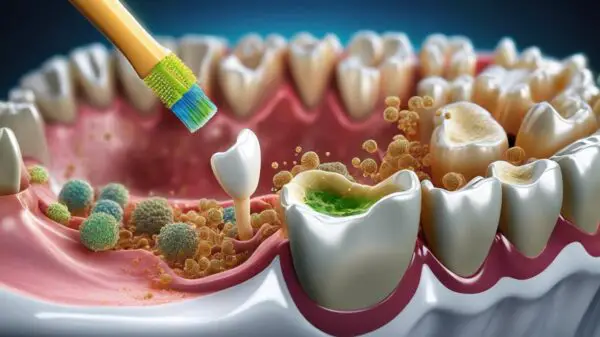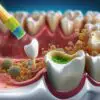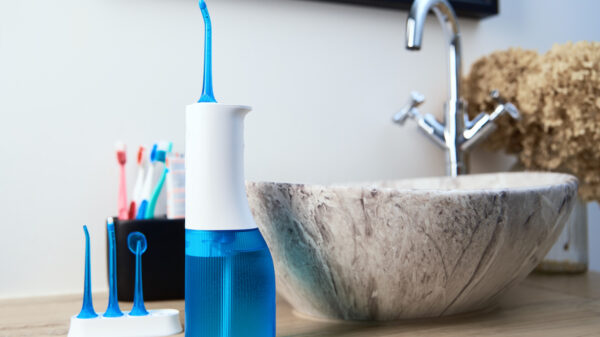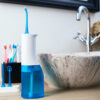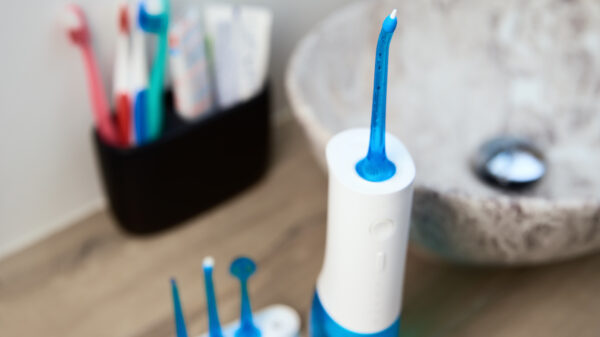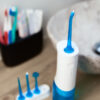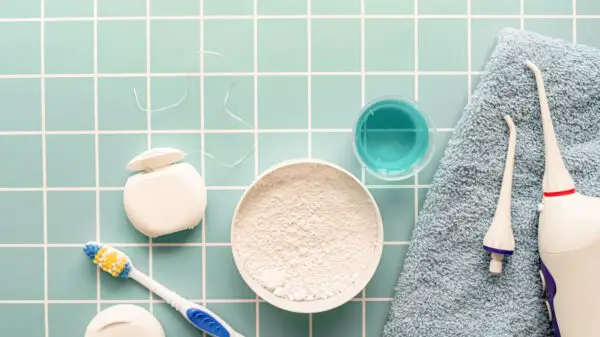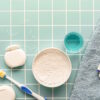Everything to Know About Maintaining Your Teeth After Braces
Braces can have a major positive impact on the structure of your mouth. Not only can braces straighten your teeth but they can also be used to correct bites and help your teeth function more properly. Usually, one may need to wear braces for a few years before they can get them taken off and enjoy the benefits. Just because you’ve gotten your braces off does not mean you should stop maintaining your teeth.
So, how do you maintain your teeth after braces? Here are some things you can do to help maintain the straightness and the health of your teeth after braces:
- wear your retainer as recommended by your orthodontist
- continue to schedule regular dental cleanings and exams
- brush, floss, and clean your retainer on a regular basis
- get your teeth whitened if your teeth have suffered from discoloration while you had your braces on
- wear a mouthguard at night to protect your teeth from damage
- avoid sugary, starchy, and dark-colored food and beverages
Properly caring for your teeth even after you’ve had braces can ensure the longevity and health of your smile. What you do to take care of your teeth on a day-to-day basis will determine the state of your oral health. To learn more about how to maintain your teeth after braces, keep reading.
Wear Your Retainer to Maintain Your Teeth After Braces
When you get your braces off, your orthodontist will take a mold of your mouth and make a retainer for you. A retainer is a piece of removable dental equipment that keeps your teeth from shifting once you have your braces off. Retainers do this by clipping around your teeth to be held in place.
Your orthodontist will instruct you how often you should wear your retainer and for how long. In most instances, you’ll have to wear the retainer all day for around 6 months. From there, you may only need to wear it at night. If you don’t wear your retainer, your teeth may shift and your smile may become less straight.
If there have been drastic changes made to your teeth using braces, your orthodontist may install a permanent retainer behind your front teeth. You’ll have this retainer for the rest of your life, but you won’t have to worry about taking it out and keeping track of it.
Schedule Regular Dental Cleanings and Exams to Maintain Your Teeth After Braces
One thing you should do as soon as you get your braces off is to schedule a dental cleaning and exam. Your teeth have had brackets glued to them and they’ve been trapped with metal for probably longer than a year. A deep clean by a professional can help make your mouth feel clean and make your smile look brighter.
The dentist can also examine your mouth and stay on top of problem areas that may pose a risk to tooth decay in the future. With braces on, you might have felt like you couldn’t adequately floss or brush your teeth. Tartar and plaque may have built up in areas you couldn’t reach. The dentist will be able to remove the plaque and tartar and take preventative measures to fight off cavities and decay.
It’s recommended that you visit your local dentist at least every 6 months for a dental check-up and exam.
Brush, Floss, and Clean Your Retainer to Maintain Your Teeth After Braces
 If you want to maintain a bright and healthy smile, the best thing you can do is routinely brush and floss your teeth. Another important aspect of keeping your mouth clean after braces is regularly cleaning your retainer as well. Brushing and flossing will remove food particles and plaque from your teeth. Plaque is made from bacteria that will weaken your enamel and make your teeth susceptible to tooth decay. Dentists recommend your brush your teeth at least twice a day and floss once a day.
If you want to maintain a bright and healthy smile, the best thing you can do is routinely brush and floss your teeth. Another important aspect of keeping your mouth clean after braces is regularly cleaning your retainer as well. Brushing and flossing will remove food particles and plaque from your teeth. Plaque is made from bacteria that will weaken your enamel and make your teeth susceptible to tooth decay. Dentists recommend your brush your teeth at least twice a day and floss once a day.
The reason it’s important to clean your retainer at least twice a day is that your retainer can collect bacteria and acids that can be bad for your mouth and teeth. You can brush your retainer with your toothbrush and toothpaste, and then thoroughly rinse it when done.
Taking time to thoroughly brush, floss, and clean your retainer is one of the most effective ways of keeping your smile bright and healthy.
Get Your Teeth Whitened After Getting Your Braces Removed
Braces can make it difficult to thoroughly clean your teeth. Because of this, stains can settle into your teeth and your smile may seem dull. (To know more, check out our article Why Are My Teeth Turning Yellow With Braces?) Once you get your braces removed, you can get your teeth whitened in order to brighten up your smile.
While there are many different do-it-yourself whitening kits, it’s recommended that you visit a dentist for teeth whitening procedures. The bleaching agents used in whitening kits can cause damage and sensitivity to your teeth when used incorrectly. A dentist will know exactly how much bleaching agent to use and for how long to help you see the results you want.
Teeth whitening can help you feel more confident in your smile. While the effects of the treatment aren’t permanent, maintained teeth that have whitened can keep their shade for about 2 years, with touch-up treatments every 6 months.
Wear a Mouthguard to Protect Your Teeth After Braces
Now that your teeth and your bite have been altered by braces, certain teeth may face more pressure or contact than they did before they were straightened. Many people tend to clench their jaw or grind their teeth in their sleep, which can damage your smile and any teeth that come into contact with each other.
One way to protect your teeth from clenching and grinding is by wearing a mouthguard at night as you sleep. Your dentist can take a mold of your mouth then use durable plastic to make the mouthguard. The guards will fit over your top and bottom teeth to protect your smile from damage.
Avoid Sugary, Starchy, and Dark-Colored Food and Drinks to Maintain Your Teeth After Braces
While you wore braces, you may have been tortured by the fact that you couldn’t eat chewy, sugary, or crunchy foods. It’s important to note that just because you have your braces off doesn’t mean you can go wild and eat whatever you want (even though you may be tempted to.) There are still many different types of foods that can cause damage to your teeth.
There are certain foods that should be eaten in moderation in order to maintain a healthy smile. Eating too many sugary and starchy foods can lead to tooth decay and cavities. The sugar and starch in these foods turn into acid once they are put in your mouth and met by saliva. These acids cling to your teeth and break away enamel, the strong protective outer layer of your tooth.
There are also certain foods, beverages, and products that can stain and discolor your teeth. Here is a list of dark-colored foods to watch out for:
- Coffee
- Dark Tea
- Dark Juices
- Red Wine
- Curry
- Tomato Products
- Tobacco
- Balsamic Vinegar
- Blueberries
Excessively consuming these items may cause your teeth to become dull and discolored. By consuming mainly light-colored foods and drinks, you can help maintain a brighter smile.
Your teeth require care and maintenance whether you have braces or not. By properly taking care of your teeth, you can contribute to the longevity and healthiness of your smile. As mentioned above, one of the most effective ways to care for your teeth is by brushing them regularly. Check out our article Do You Really Need to Brush Your Teeth Twice a Day to learn more.








